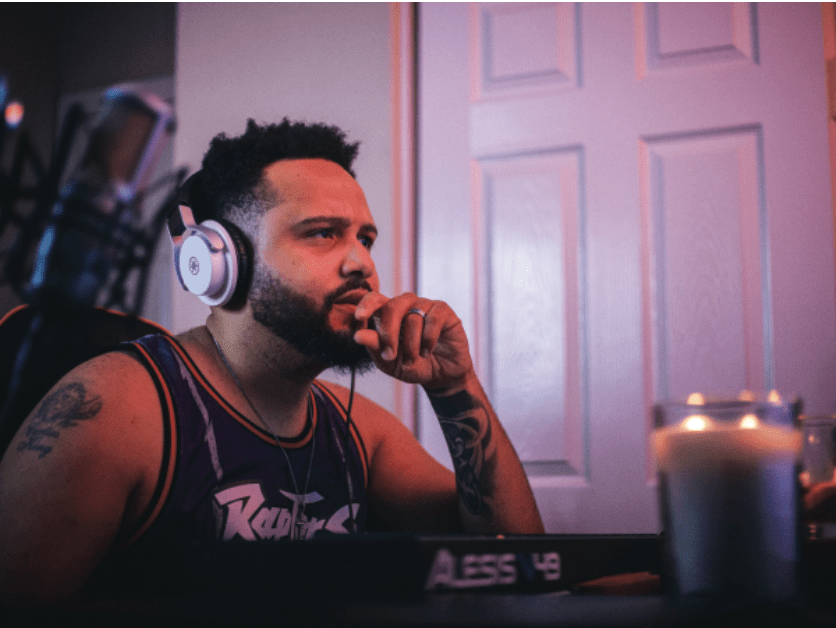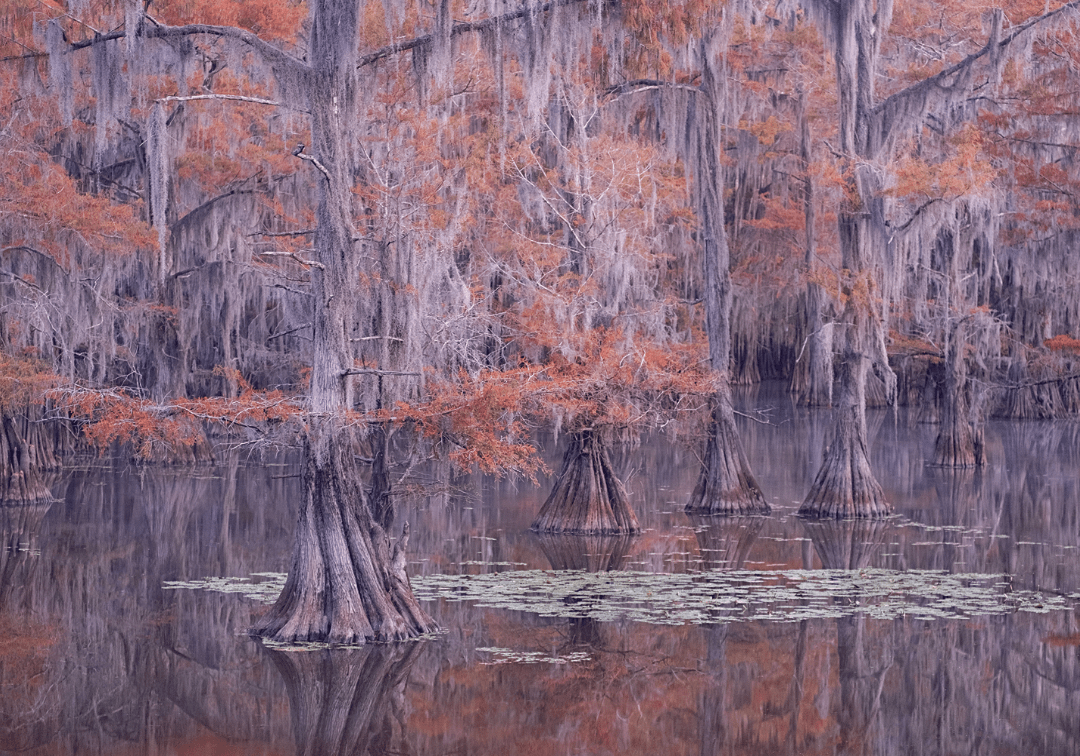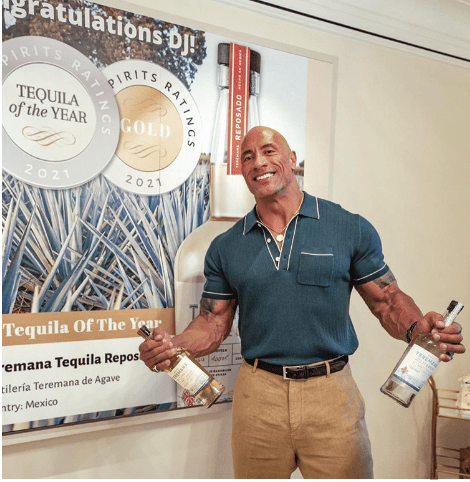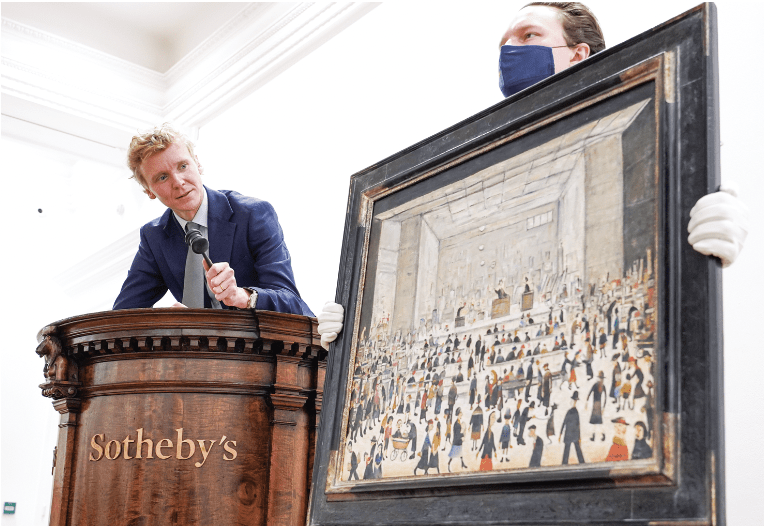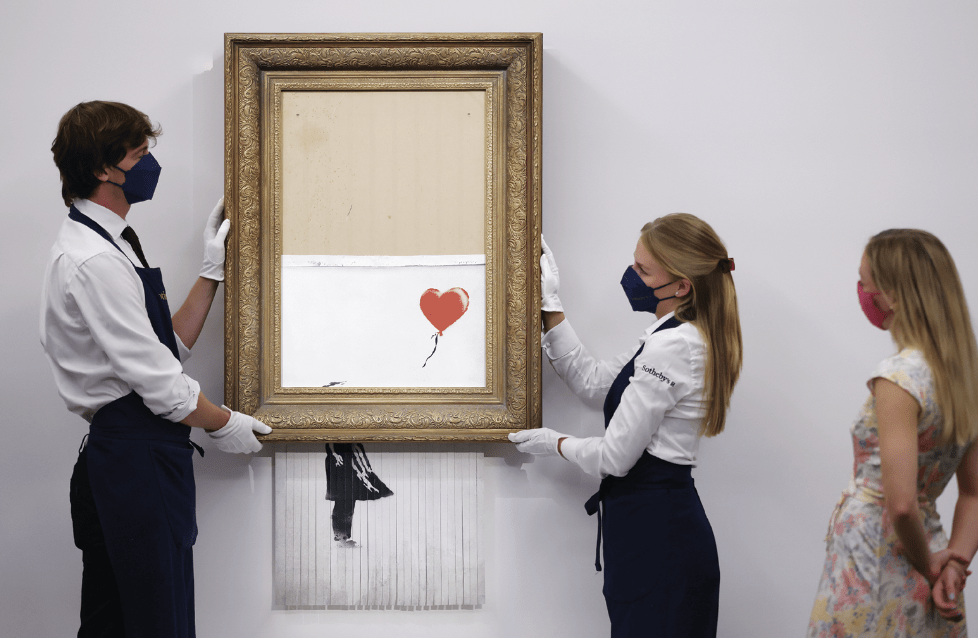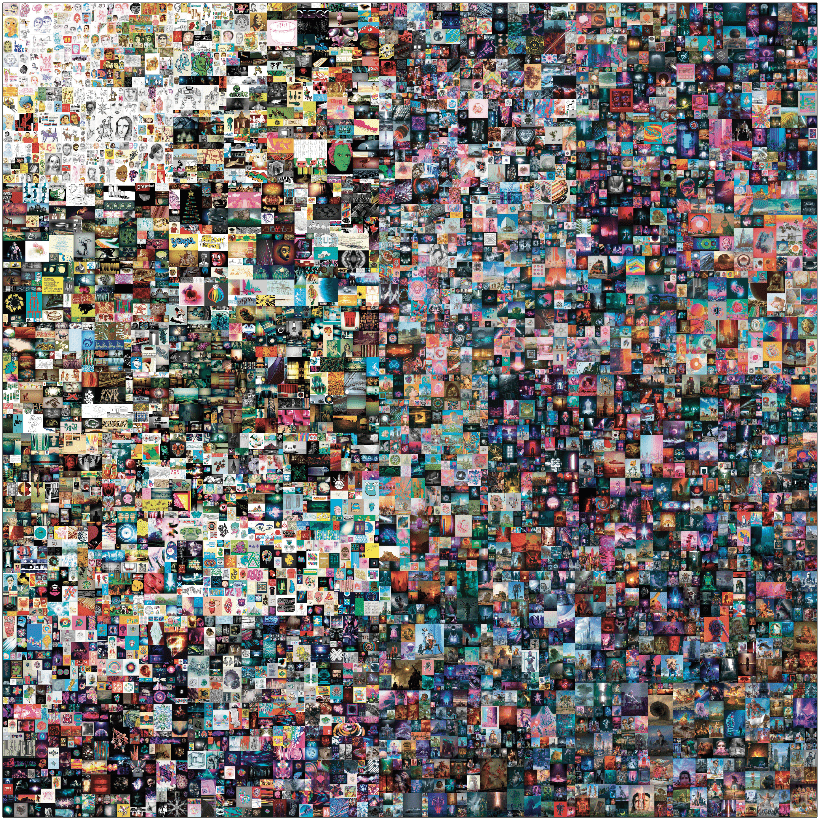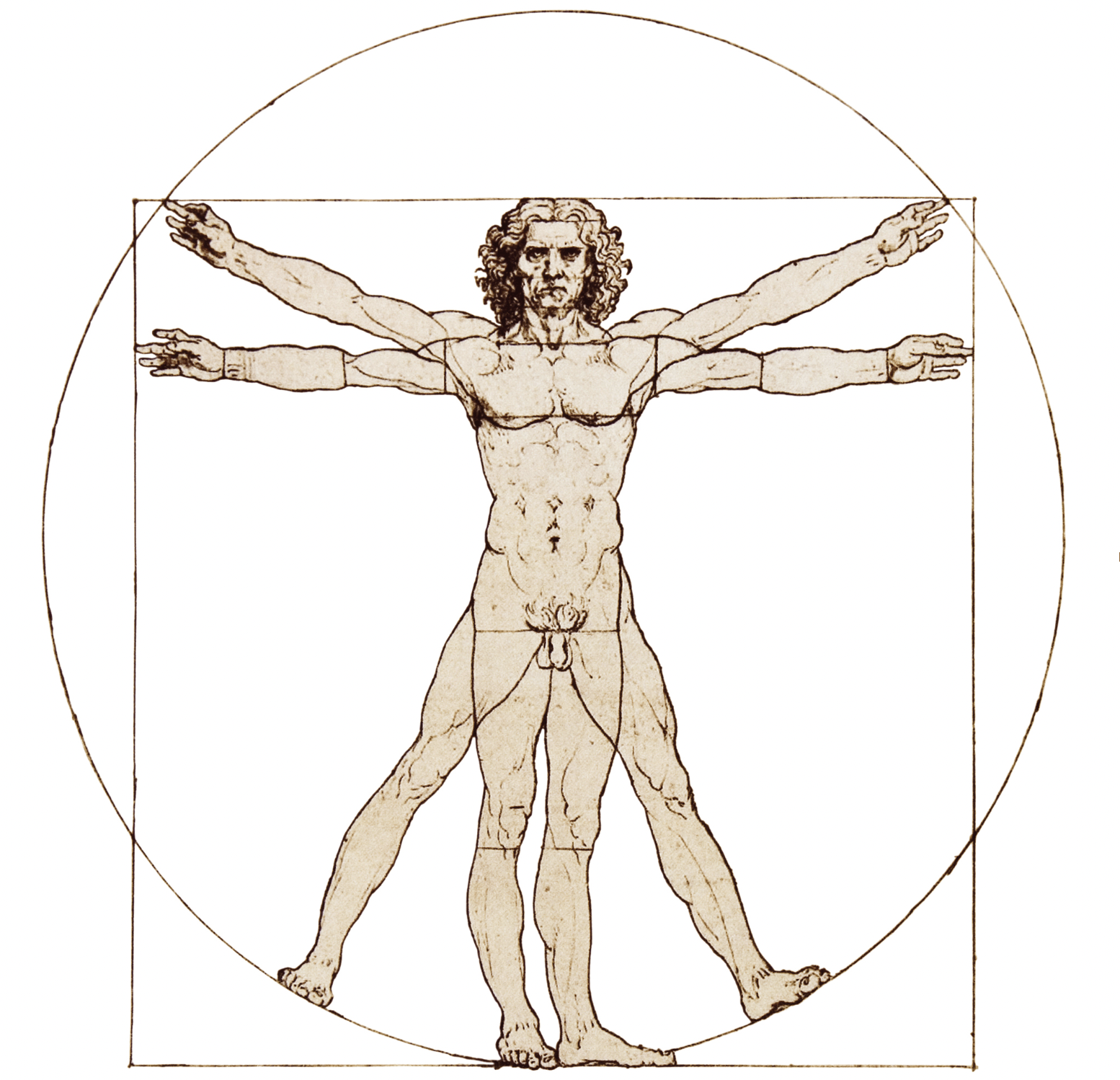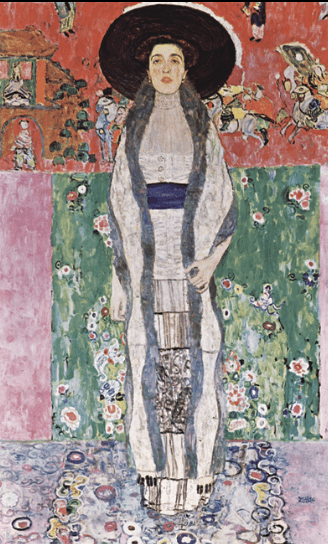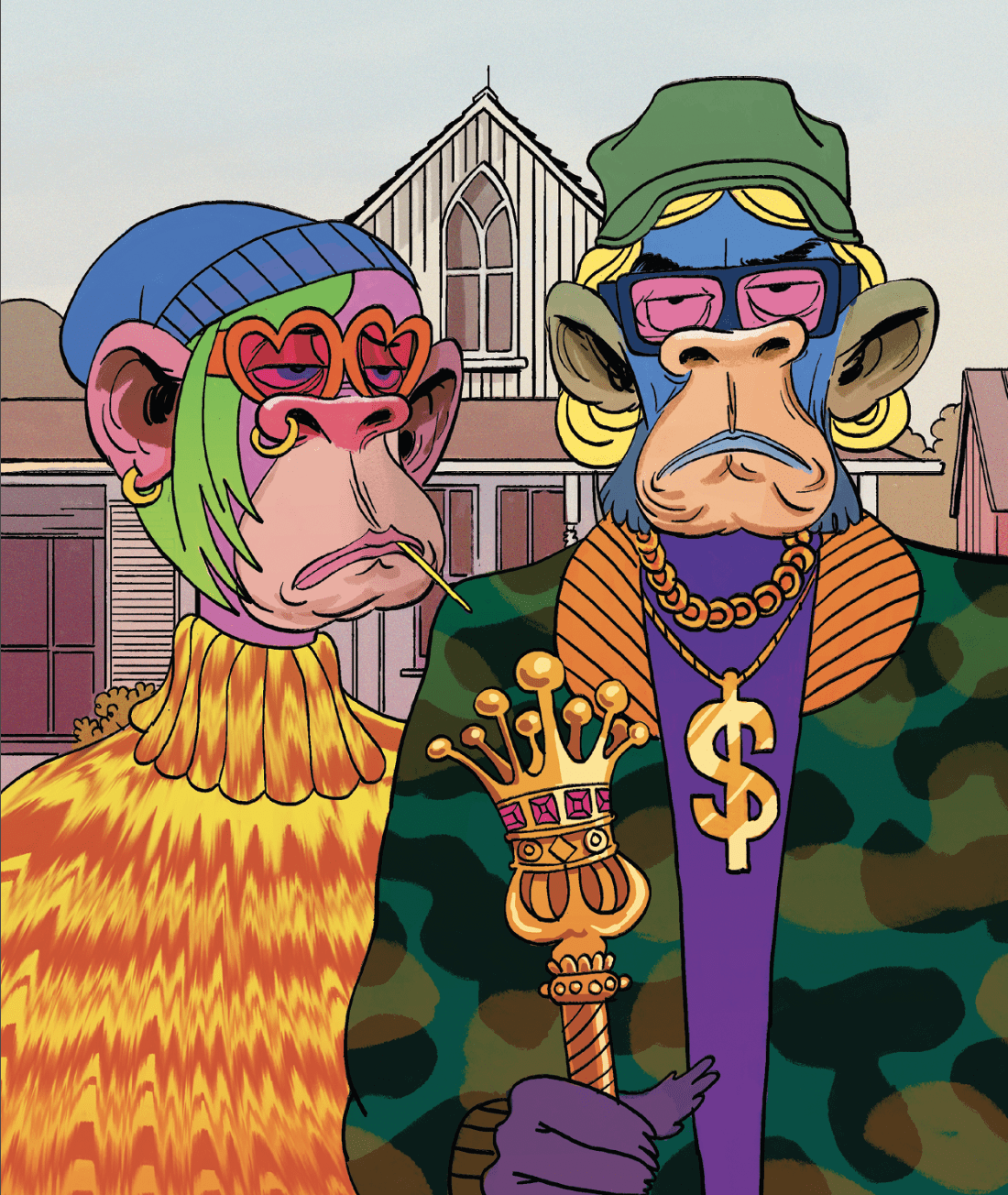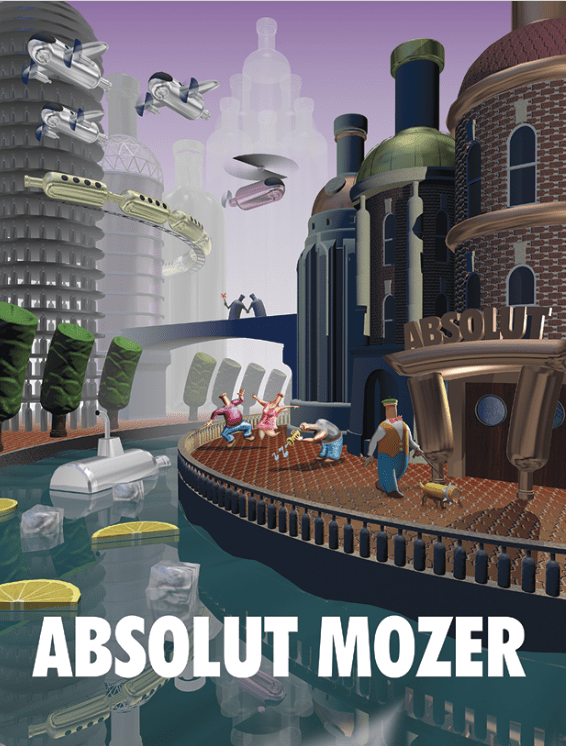Images That Make an Impact
Conservation photographer Robert Glenn Ketchum captures nature in a way that inspires others to help preserve the environment
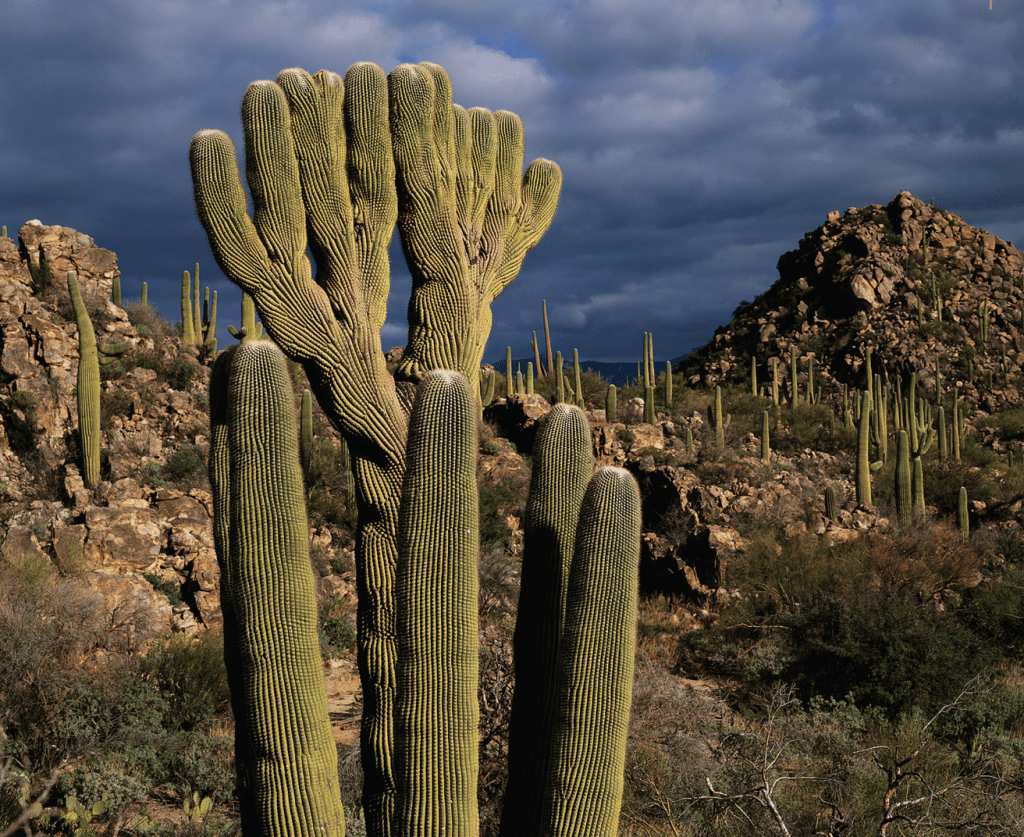
As a one-time rock music photographer turned conservation photographer, Robert Glenn Ketchum has a resume that reads like a Who’s Who.
His photography has helped clean up and restore the Hudson River Valley in New York, contributed to the establishment of the Sonoran Desert National Monument in Arizona and led to the prevention of a mine that would destroy the country’s largest fishery in southwest Alaska.
He’s safely survived 60 grizzly encounters, and he’s taken photos from kayaks, boats, helicopters, float planes and airplanes. A lover of the outdoors, Ketchum, 76, has been a surfer, backpacker, hiker, climber, and cross-country and downhill skier who now bikes regularly through his hometown of Manhattan Beach, California. He wants others to enjoy the beauty of the outdoors as much as he does, so he captures nature in a way that inspires others to help preserve the environment.
“I don’t shoot pretty pictures for the sake of pretty pictures,” Ketchum said. “If I’m going to take pictures in nature, I feel better about doing it for purpose. In my case, it’s for environmental purpose.”
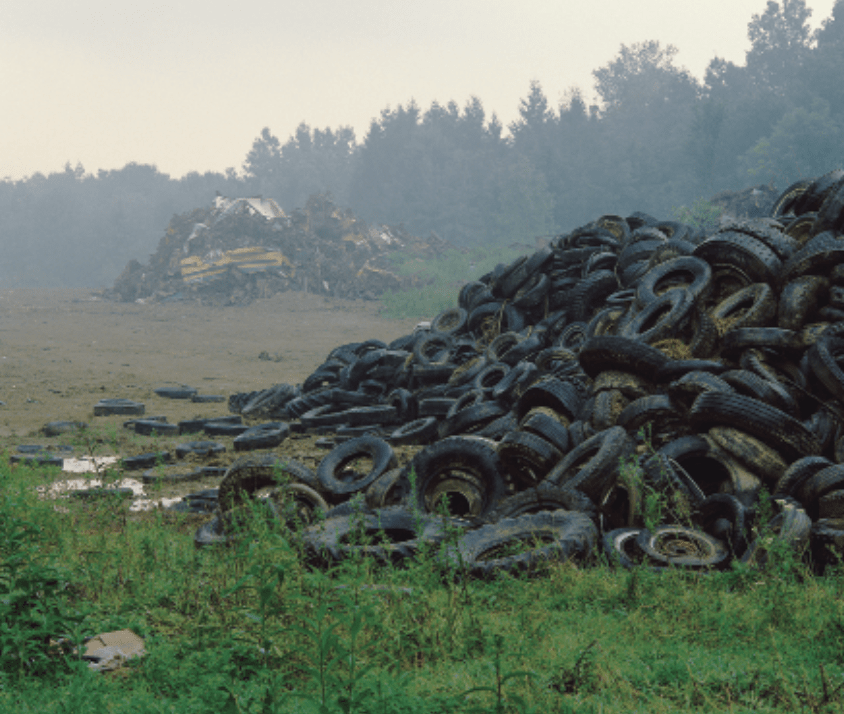
His many fans and partners have turned to him for decades to assist in documenting environmental concerns.
“Robert Glenn Ketchum is both a great artist and a singular conservationist—someone who, more than anyone I’ve ever worked with, has figured out how to use his photography in service of the Earth,” said Joel Reynolds, western director and senior attorney at the Natural Resources Defense Council. He’s worked with Ketchum extensively over the past 25 years.
Ketchum supported a NRDC campaign to protect the last undisturbed breeding lagoon for the Pacific Gray Whale in Laguna San Ignacio, Mexico. It is a world heritage site, a biosphere reserve, and a whale and migratory bird sanctuary, but Mitsubishi Corporation and the Mexican government wanted to turn it into the world’s largest industrial salt works, Reynolds said. Ketchum took 1,000 pictures and donated them to NRDC, which used them in full-page print ads, activist alerts and blog posts.
The industrialization project was later abandoned, Reynolds said, and today the lagoon remains
fully protected.
Most recently, Ketchum has worked with NRDC in the Bristol Bay region of Alaska in support of the area’s tribal communities against the destructive Pebble Mine. This proposed massive open pit copper and gold mine would be built literally in the headwaters of the greatest wild salmon fishery on Earth, Reynolds said. If fully developed, the mine would generate over 10 billion tons of contaminated mining waste in a region that produced a record 66 million fish last summer, he noted. This single fishery generates $2.2 billion in revenue each year and 15,000 jobs, and this summer it is expected to produce yet another record run of 73.4 million fish—over half of the world’s sockeye salmon, he said.
Throughout the 12-year campaign, Ketchum’s extraordinary landscape photos have been used in full-page ads in The New York Times, The Washington Post, Financial Times of London, Politico, The Hill, in NRDC blogs, activist alerts and at speaking events around the country. Four major mining companies have abandoned the project, Reynolds said, adding that President Joe Biden’s administration is poised to provide long-term protection against the project.
“Robert Glenn Ketchum is one of the great conservation photographers ever, unquestionably the Ansel Adams of our time,” Reynolds said. “His generosity and commitment are second to none, and NRDC’s work has been the direct beneficiary of both.”
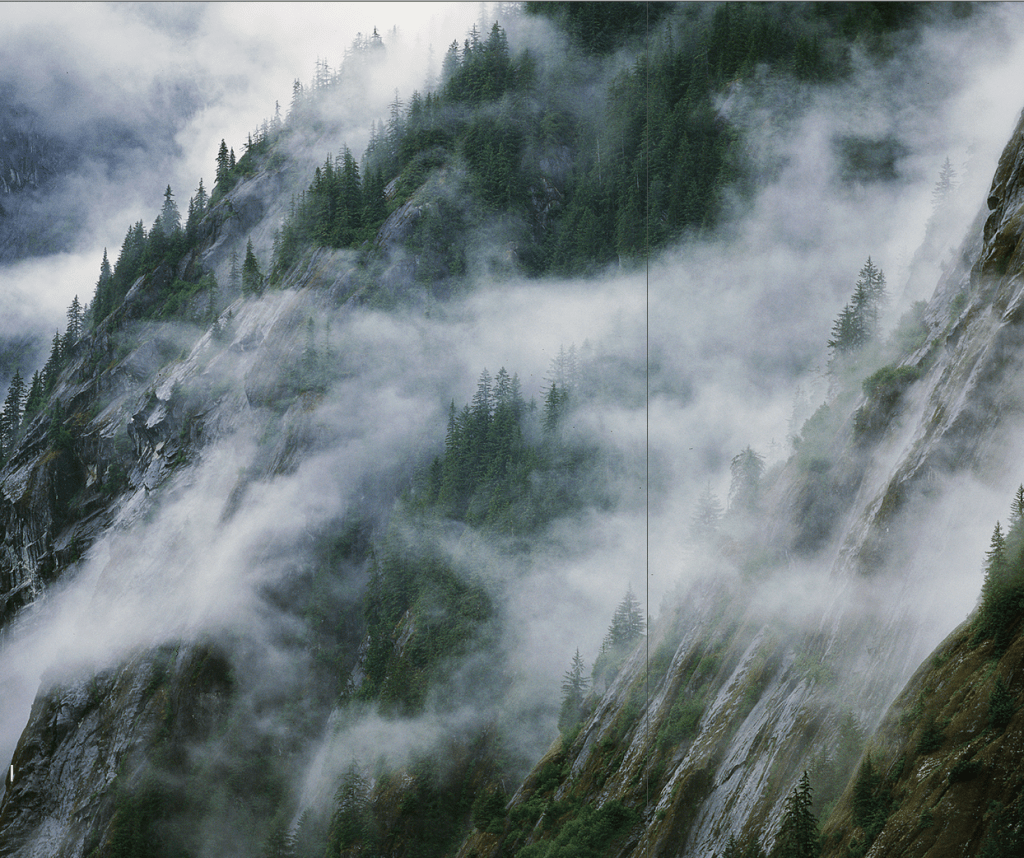
17 million acres and 1,000 islands. Robert Glenn Ketchum photographed the rainforest to protest destructive clearcutting. He later published a photo book of his work and was chosen for the United Nations Outstanding Environmental Achievement Award.
HIS BACKSTORY
It was 1966, and the Sunset Strip in Los Angeles was rocking with new breakout bands. Ketchum was enjoying student life at UCLA and never picked up a camera until his girlfriend’s friend asked him to photograph a new band.
He arrived at the house of guitarist Robby Krieger’s parents in Manhattan Beach, California. He took pictures of the garage band enlisted to play back up at a poetry reading for Jim Morrison at a cafe in Venice Beach. Morrison liked the band’s sound, Ketchum said, recast his poetry as song lyrics and began rehearsing with the band. Three weeks later, his friend asked if Ketchum wanted to go see the band on the strip.
“I had no idea what to expect,” Ketchum recalls of seeing The Doors together for the first time. “They opened with Break On Through (To the Other Side), and they were hardly through the chorus when I knew it was going to be big.”
Ketchum soon joined the band’s entourage and contributed live photos regularly to The Daily Bruin, the UCLA student newspaper. During the band’s travels, they stopped along Highway 1 at Big Sur to camp. Ketchum wanted to escape the people and noise and followed a trail into the woods, crossed a bridge, heard a waterfall and worked his way to the edge of a stream. He realized then he wanted to become a color photographer of nature working for the cause of conservation, just like Eliot Porter.
Making a difference
Years later, the Wallace Foundation asked Ketchum to consider living in and photographing New York’s Hudson River Valley to spur a cleanup and redevelopment of historic sites along the riverfront. He spent three years there, shooting photos daily of the beauty around him in the Adirondack Mountains and documenting the devastation wrought by logging and garbage dumps profiled in his book, The Hudson River & The Highlands.
“We talked about the things wrong in the Hudson Valley,” Ketchum said. “They cleaned up the river, slowed down the logging, restored mansion homes and historical sites—former president homes—and made the Hudson Valley attractive to tourism.”
Soon, he was commissioned by the Akron Art Museum to visit the Ohio cities of Akron and Cleveland to photograph the Cuyahoga River in the hope of inspiring a cleanup and national recreation area. Ketchum photographed the area for three years, and his images became a traveling photography exhibit. With the help of a state senator, the area was cleaned up and upgraded to national park status.
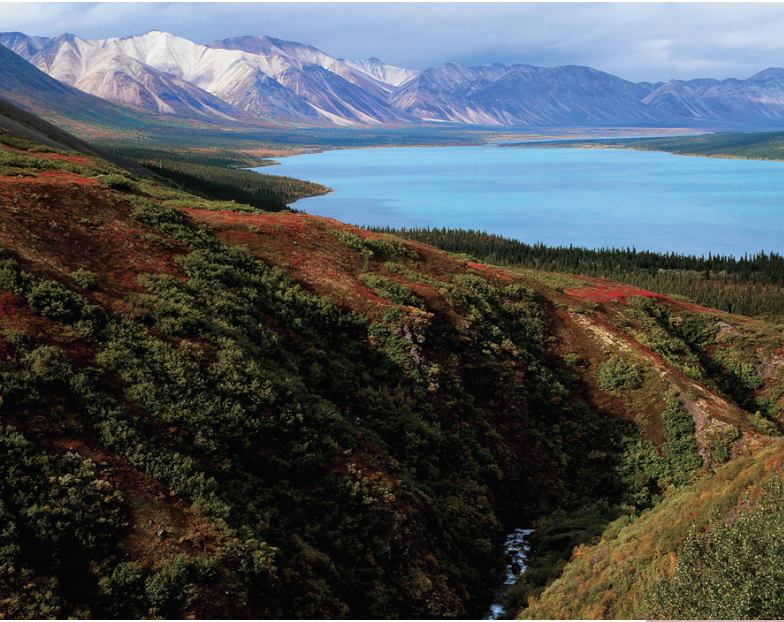
Working with the Natural Resources Defense Council, Ketchum traveled to the Tongass National Forest in Alaska near the Arctic Circle. From his perch on a small tour boat, Ketchum captured grizzlies, native Alaskan villages and the destruction of the rainforest by the forest service, ruining the animal habitat.
“These are the kind of projects that I wanted to open up to when I was sitting by that stream in Big Sur,” Ketchum said, adding he also contributed to establishing the Sonoran Desert National Park near Tucson, Arizona. “One more place I could use my cameras to make something happen and bring attention.”
Surprisingly, he stopped using a film camera in 2012 and has been using his iPhone 11 Pro since, planning to upgrade to an iPhone 13 Pro soon. He said the high-definition resolution is better than most film.
With a career spanning 55 years, Ketchum looks back on contributing photographs to accompany stories in National Geographic, Life and other magazines, not to mention his photo books, exhibits and sales of his prints.
Beyond his photo shoots, he posts two pictures on Instagram daily and writes two blogs every day of the work week on Facebook.He shows no interest in slowing down.
“I don’t see an artist as retiring,” Ketchum said. “You keep doing your work until you’re gone.”
Photography: Robert Glenn Ketchum
